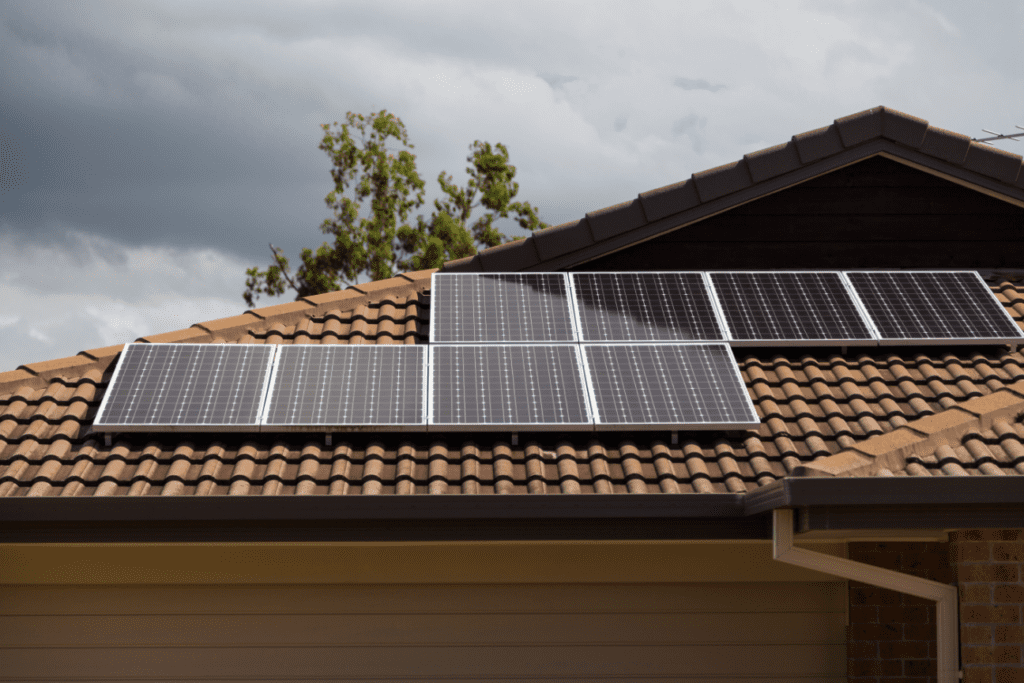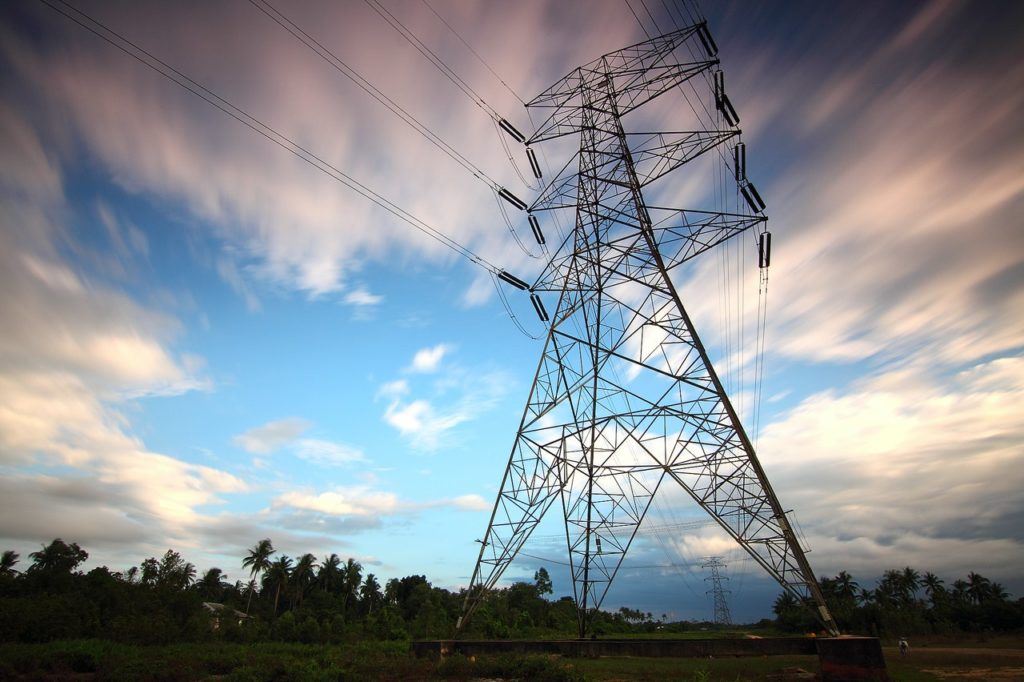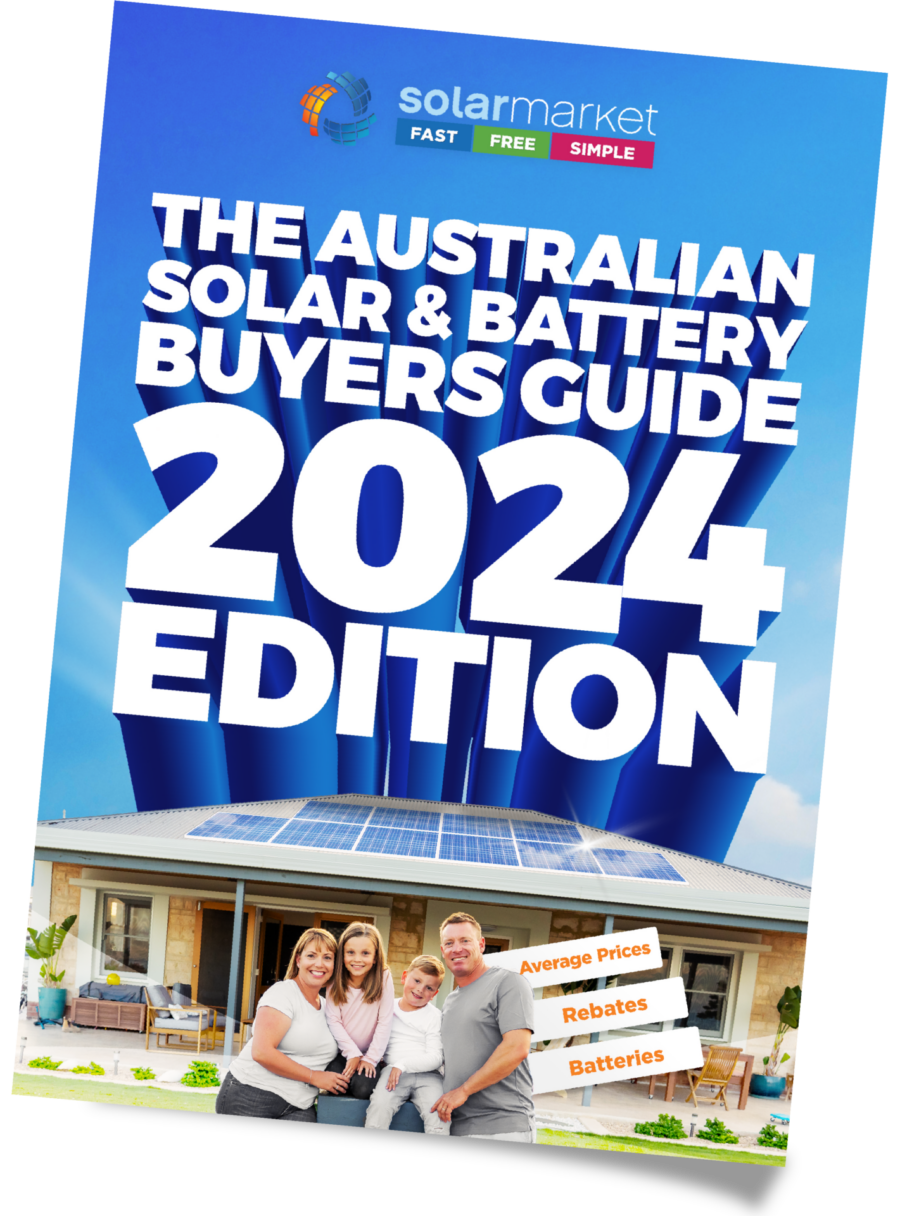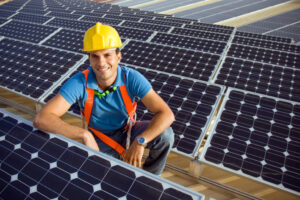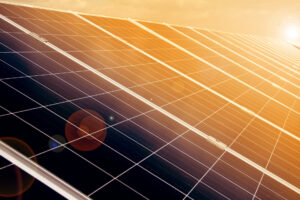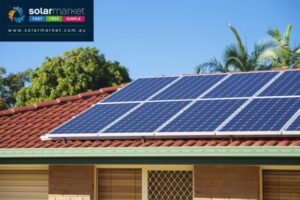Not saving as much as you thought with solar? We’ve had quite a few comments and questions through social media suggesting that some of you might not be saving as much money as you’d hoped for when you made the switch. If you’re feeling a little stitched up when it comes to your return-on-investment, we’ve put together 8 things you can look for to help bump up your savings to a better level.
#1: Shade on Your Panels
Even a small amount of shade over your rooftop solar panels can reduce the output of your whole system. The shade could be coming from a bunch of things, including trees, a chimney, neighbouring houses, a satellite dish (for those of us that love a bit of Foxtel) and even more.
Naturally, shading will reduce the amount of direct sunlight hitting a solar panel, but it could also block the flow of power from some or all the panels on your roof. So, your panels could be underperforming as a result of shading and if that’s the case, it’ll effect the amount of power your system generates over time. Let’s look further into this, because not all solar systems will have the same problems. Some systems have components built-in that won’t let shading dampen its power generation as much.
Reading this, it would be quite easy to assume shading as the only reason for your lower-than-expected solar savings, but don’t fall into that trap. It could be other things, but this is something that’s worth looking into! Next time you’re out the front, have a look at your roof and see if you can find anything obvious that might be shading your panels. Trees are usually the most common cause in residential areas, so if that’s the case for you, try and think of an environmentally responsible way to lessen its impact on your system if possible.
#2: Inverter Faults
Another issue that can cause a reduction in return-on-investment and even other common issues is inverter faults. Is there a way that you can tell when something has gone wrong with your inverter? Let’s find out.
There is a simple way to check the performance of your inverter. You can do this by looking at the glowing light on the inverter itself during the day. If the light is green, it means your inverter is working as it should (brilliant news!). However, if the light is red or orange, this means something’s gone wrong, and it is telling you that there’s a fault.
If you find yourself in this pickle, you’ll need to call your installer and they will help you take it from there.
#3: Dodgy Wiring
There’s not much you can do to prevent this one from happening. Dodgy wiring is usually the result of a sub-standard installation by your installer. This could include wiring being cut or poorly insulated; leaving them exposed to the elements. In particular, water damage can leave your solar equipment rusted and give your electrical inputs and outputs a hard time.
Dodgy wiring can be hard to spot, but after a quick look around, you might be able to find some areas where the job doesn’t look like it’s been done properly. If you’ve noticed something, it’s super important that you only have qualified electricians come onsite to check and fix these sorts of issues.
#4: Increased Power Usage
Assuming your system is working and has been installed properly, increased power usage can be another reason for lower solar savings. It’s common to start using more power once you’ve had solar installed. It’s all in the mind; your thought process will be that your power is generated for free by the sun and now you don’t need to be so careful with your usage. However, it still pays to be thrifty and find ways to maximise your savings once you’ve already installed a solar system.
There’s something important to remember here. If you’re using a lot more power since you’ve gotten solar and your system doesn’t generate enough spare power during the day to accommodate for that, your power bills will increase. This is where keeping a copy of your previous bills comes in handy; go and check out your bills prior to installing solar and compare them to what you’re getting now. Make sure you look at the number of kilowatt hours (kWh) consumed rather than the dollar amount.
If you do this and you see an increase in the amount you’re consuming, the chances are this is the reason that you’re noticing a dip in your savings… and it’s a simple fix. You’ll just need to cut down on your usage.
#5: Not Using Enough Power During the Day
One of the easiest ways to increase your solar savings is to use the majority of your power during daylight hours. The best way around this is to organise a routine and commit to it with regards to your energy use.
Almost everyone has a fridge (or maybe more than one) running 24/7 because it can’t be turned off… but what about the washing machine, clothes dryer, dishwasher, pool pump, electric hot water system or garden retic? For the most part, you’ll just be able to put these appliances on a timer so that they are only on during the day. That way, they’re more likely to use the power generated by your solar panels rather than the electricity grid!
It’s actually quite common for people to believe that solar works at night. If you’re a 9-to-5 worker, your power consumption is definitely going to be higher during periods of low solar output. It pays to be mindful of excess power use (which we talked about in #4), so cutting down or using it during the day (if you can) will help.
#6: Misreading Your Bill
People often assume the feed-in tariff credit on their power bills are the sole extent of their solar savings. However, the majority of your savings actually comes from the amount of power that you have to buy from your electricity retailer. This is not the dollar amount on your bill and the explanation can get a little complicated… but you can read more about this by clicking here.
#7: Changes to Your Electricity Rate
In some parts of Australia, your electricity retailer will change the rates that you’re charged for power when you install solar. This is because some electricity retailers don’t like losing income, which is what happens to them when you install solar. So, they’ll change your service and start charging you a fixed daily rate instead of a rate per kilowatt hour used.
This jacks up the price before you even use a single unit of electricity, which means they keep making money from you even after you install solar. The other thing some electricity retailers will do is put you on a time-of-use tariff, which charges more per unit of power used in the evenings; which is when you’re not generating free power from your solar system.
If you find yourself in this situation, we’d recommend that you find a new electricity retailer who is more understanding when it comes to switching to solar. We’ve got a super handy energy comparison tool that you can use to compare, contrast and switch electricity retailers. Check it out!
#8: Dirty Solar Panels
Solar panels are self-cleaning during times of sufficient rainfall, though if you’ve been through a dry period… there may be a little bit of work to do. Solar panels can collect dust, bird droppings, tree sap and leaves.
If you notice that your solar panels are looking dull and ready for a good wash, you can get in touch with your installer who will organise a cleaner for you. If you want to do it yourself, you can, you’ve just got to be careful. Make sure you gently brush down the grime on your solar panels with cool, clean water. You’ll need a brush and a squeegee that can reach your panels from the ground, just to be super safe.
Haven’t Got Solar?
If you haven’t installed solar yet, but you’ve made it to the end of this article, you’re ready! If you want to crunch the numbers, you can get some figures with our solar savings calculator. See how long it’ll take you to pay off your system, how much you can expect your power bills to be with solar and even how much money your system will save you in its lifetime.
Got any questions? Find us on social media… we’re always happy to help!

